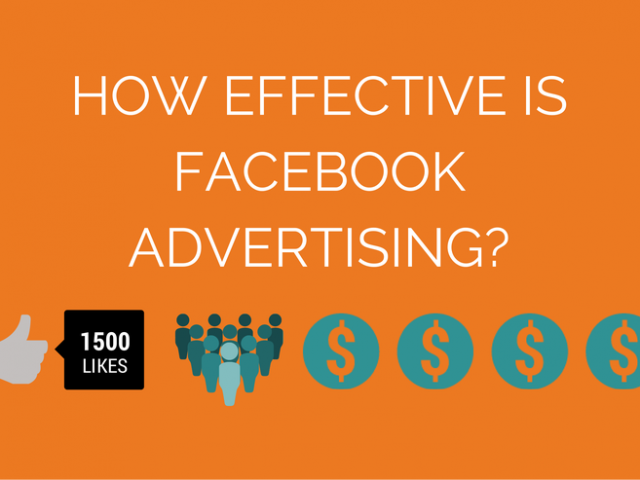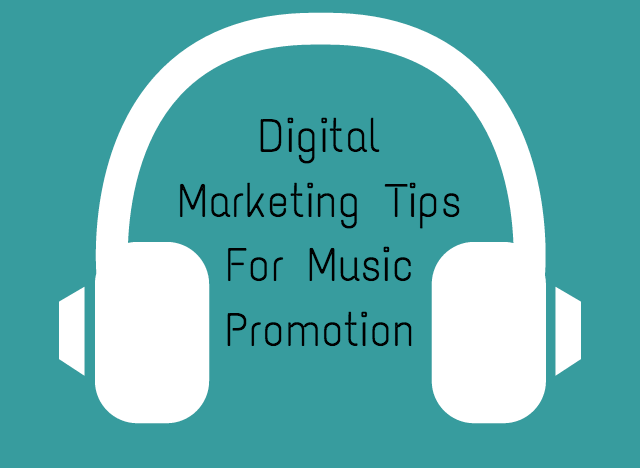Facebook told us it was testing new custom audience features back in October, and this week it’s been announced that they are being rolled out for all advertisers.
The new developments are the ability to create custom audiences for mobile app users, and from your website via a remarketing pixel. The ability to create a custom audience from your website users is hugely powerful for Facebook advertisers, and here we talk about how to set this up, and how to take full advantage of the change.
In Power Editor, when creating a new audience, you will now be presented with the following options:
If you choose ‘Custom Audience From Your Website’, you will be asked to accept the Facebook terms of service and to create and place a remarketing pixel between the <head> and </head> sections of your site. To do this, either ask your developer to place the tag for you, or we recommend using a service like Google Tag Manager which allows you to place the tags yourself in a browser based environment.
Here’s what the remarketing pixel set up looks like in Power Editor:
Once you’ve got the pixel placed in the right place on your site, you’re ready to get into the fun part of the setup. First, name and describe your audience, before moving on to setting up rules that allow you to segment your website users based on their activity on your site.
This is the point where you can start to get a bit smarter about how you are going to target these users. You can set rules for each audience you create, so that only users who hit your criteria from activity on your site are shown ads. You are able to set rules based on keywords in the URL, domain and path of the users activity, to either include or exclude users based on your parameters.
Here’s what the set up screen looks like:
Once you’re all set up you can use these audiences in Facebook Ads Manager or in Power Editor to target Facebook users based on their activity on your website.
At Datify, we recommend creating multiple lists based on various user activity on your site to allow you to target in a more rich way, and to therefore be able customise your adverts content based on real activity. For example, on our website we have numerous pages that define the social media services section & pages that make up an SEO section and so on. In this case we’d recommend creating multiple audiences, broken down as:
- An audience for the whole site
- An audience for the social media section
- An audience for the SEO section
- Separate audiences for each page in social media & SEO
This would lead to multiple audiences, but would allow us to target generic brand ads at anyone who has visited the site, social media & SEO specific adverts to those who had visited either section, and then page level specific audiences (for example for people who visited the Facebook community management page).
Naturally, this creates a little more work, but the extra targeting allows us to be a lot more specific with our advertising, particular in terms of creative used.
This is a very welcome move by Facebook and we expect it to generate really strong results - we’re testing away now so we’ll let you know as soon as we have enough data for statistically relevant results. Give it a try on your website to remarket easily without worrying about using the Facebook Exchange.
Ben Harper
Latest posts by Ben Harper (see all)
- Content Marketing eBook - July 21, 2014
- How Effective Are Facebook Ads? - July 4, 2014
- What The World Cup Means For Advertisers - June 4, 2014



